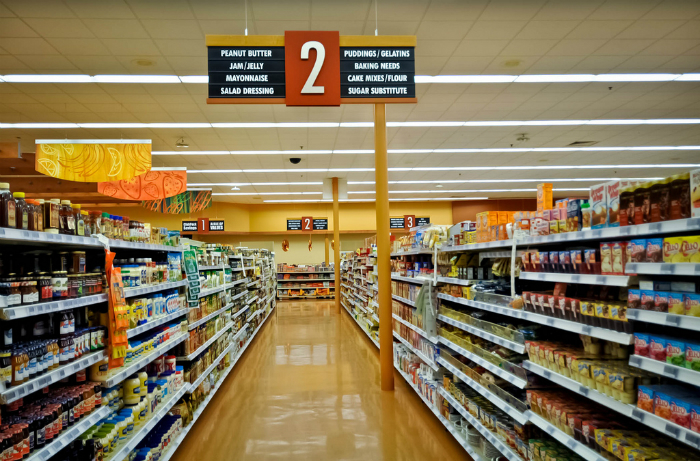
According to new research from industry consultants Smithers Pira the packaging sector is forecast to represent more than 50 per cent by value of the total printing industry in four years’ time.
The latest figures vindicate those printers who have been moving into packaging in recent years seeking longer runs, less volatility and higher margins than commercial printing offers, and will encourage more to follow suit.
The research agency also says digital printing of packaging will grow, but says that until the technology is on a par with offset for unit cost it will remain as a niche.
Smithers Pira says that in Europe printed packaging will total 56 per cent of all print by 2021, up from 44 per cent a decade earlier. Australia will follow the same trendline.
According to the report packaging will continue to grow as commercial struggles, with sectors such as corrugated board set to be worth US$269 globally. This is part of the reason multiple vendors, including EFI, HP, Screen, KBA/Xerox, and Konica Minolta, showed digital corrugated printing systems at drupa last year.
[Related: Major packaging plant to be opened in QLD]
The agency says that packaging growth is being driven by growing populations and smaller households, more varieties of products in supply chains, and no electronic alternatives from the physical properties protecting and promoting the contents. And as pack sizes trend smaller in line with marketing strategies the amount of printing per tonne of packaging will increase
Digital packaging and label printing is already used by number of major brands, most famously Coca Cola and Nutella, as well as smaller entities such as craft breweries, for personalised and customised campaigns, limited editions, short runs and prototyping. This will continue but mainstream digital package printing is not on the horizon.
Board continues to be the biggest material used in packaging at 31 per cent, with rigid plastics next at 23 per cent, flexible plastics at 16 per cent, metal at 13 per cent, glass at seven per cent and paper at five per cent. Food and beverage packaging will continue to dominate the sector, responsible for around two thirds of all packaging.
The report notes that packaging is not immune from challenges, although it does say that recessions are good for packaging, as the public buys more packaged food as it is cheaper than fresh foods. The move to plain packaged cigarettes – initiated in Australia but now being following in other countries – is noted as potentially problematic, not for cigarette packaging itself, but in a thin end of the wedge scenario, where other non-beneficial products including alcohol, confectionary and fast food could see their packaging go down the same route.
Comment below to have your say on this story.
If you have a news story or tip-off, get in touch at editorial@sprinter.com.au.
Sign up to the Sprinter newsletter
